The Prussian Cultural Heritage Foundation pulled off a diplomatic coup when it announced in May that Berlin would become the first foreign city to show highlights of the art collection of Iran’s ousted shah. Just over 60 Modern works—30 Western, 31 Iranian—are due to travel this month to the German capital’s Gemäldegalerie, and on to the MaXXI museum in Rome in late March.
The little-seen collection, bought by the empress Farah Pahlavi for the Tehran Museum of Contemporary Art (TMoCA), is considered one of the finest holdings of Western art outside the US and Europe. After the shah and the empress fled the country during the 1979 revolution, the museum hid its treasures in a basement vault for two decades. The works returned to public view in 1999, but most have not been seen outside Iran.
The exhibition, originally scheduled to open on 4 December, has been delayed by the sudden departure of the reforming Iranian culture minister, Ali Jannati. Dorothée Brill, the show’s co-curator at Berlin State Museums, remains “hopeful” the show will open before the end of December, although a new date has yet to be confirmed.
The deal was brokered last October by Frank-Walter Steinmeier, the German foreign minister. Giovanna Melandri, MaXXI’s president and a former Italian culture minister, finalised the Italian agreement a month later, describing it as a sign of “a renewed climate with Iran”.
The Italian government is committing €1.5m to the €2m budget for the show in Rome, with MaXXI covering the remainder. A spokeswoman for Berlin State Museums declined to comment on funding for the tour’s German leg, but The Art Newspaper previously reported that it could rise to $3m.
The dream to borrow the celebrated collection, which includes works by Pablo Picasso, Andy Warhol and Jackson Pollock, “has been in the air for years”, Brill says. But once the formal contract with TMoCA was signed, curators had just four months to draw up the list of loans.
The non-chronological installation will mix works from Europe, the US and Iran that TMoCA has rarely shown together. Brill hopes this “principle of dialogue” will challenge visitors to reassess what they think they know of the history of Modern painting. “There are a number of works where you’re not quite sure what the influences are, and if it’s from Europe or the States or Iran. That’s an experience we want to deliver with the show.”
It remains to be seen whether the Tehran collection will make its way to other international venues. The Hirshhorn Museum and Sculpture Garden in Washington, DC, which was in early discussions with TMoCA, is no longer considering a loan exhibition. “We are looking for other ways to collaborate,” a spokeswoman says.
Highlights of the former shah's collection
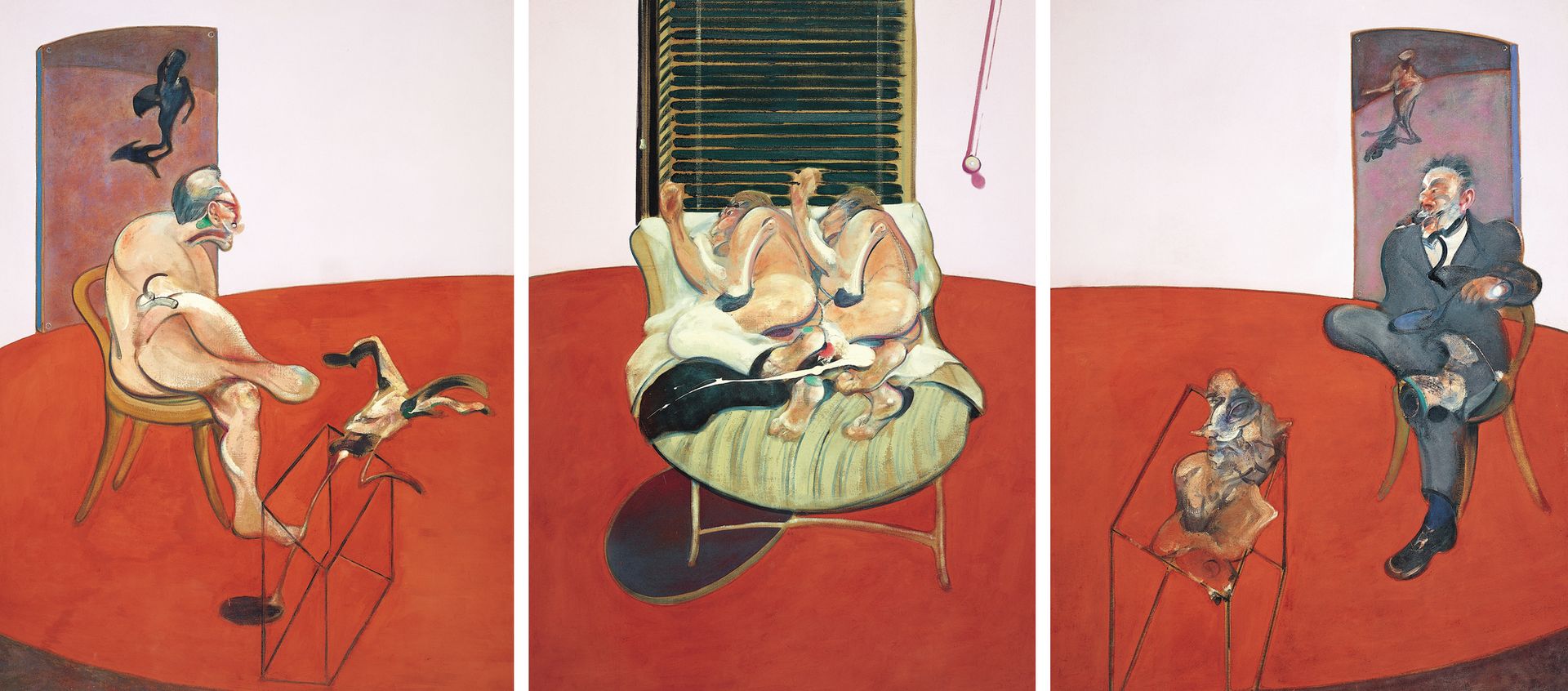
Francis Bacon’s Two Figures Lying on a Bed with Attendants (1968)
Curators had to push to borrow this large homoerotic triptych. After languishing for years in storage, it was lent to Tate Britain in 2004. The two outer panels were shown in Tehran in 2005, but Iranian authorities ordered the central panel depicting two naked men to be removed.
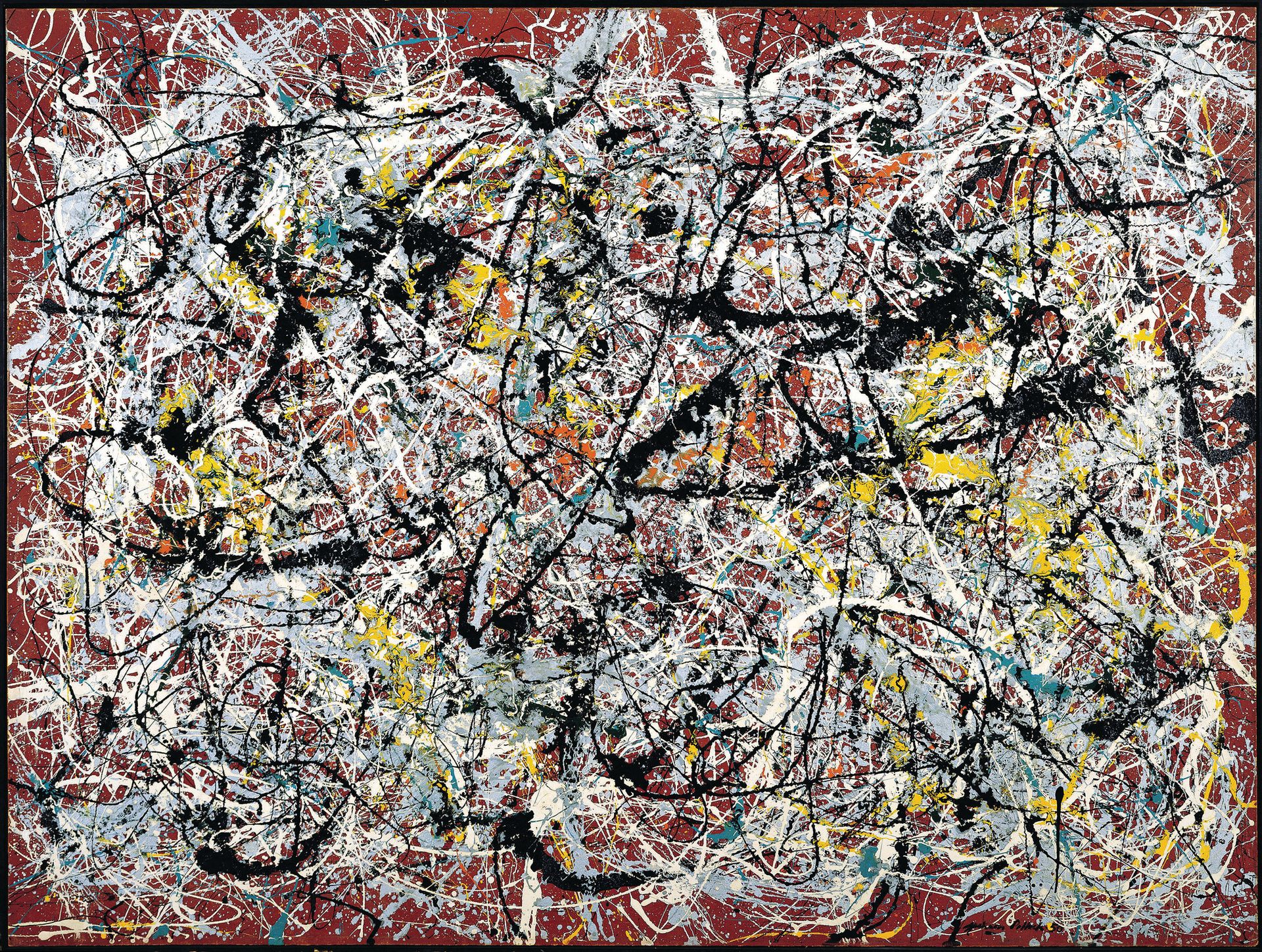
Jackson Pollock’s Mural on Indian Red Ground (1950)
Pollock’s drip painting, valued at $250m, is considered one of the artist’s best. After a rare outing to museums in Japan in 2012, the work was confiscated for two weeks by customs authorities in a row over unpaid debts with the ministry of culture.
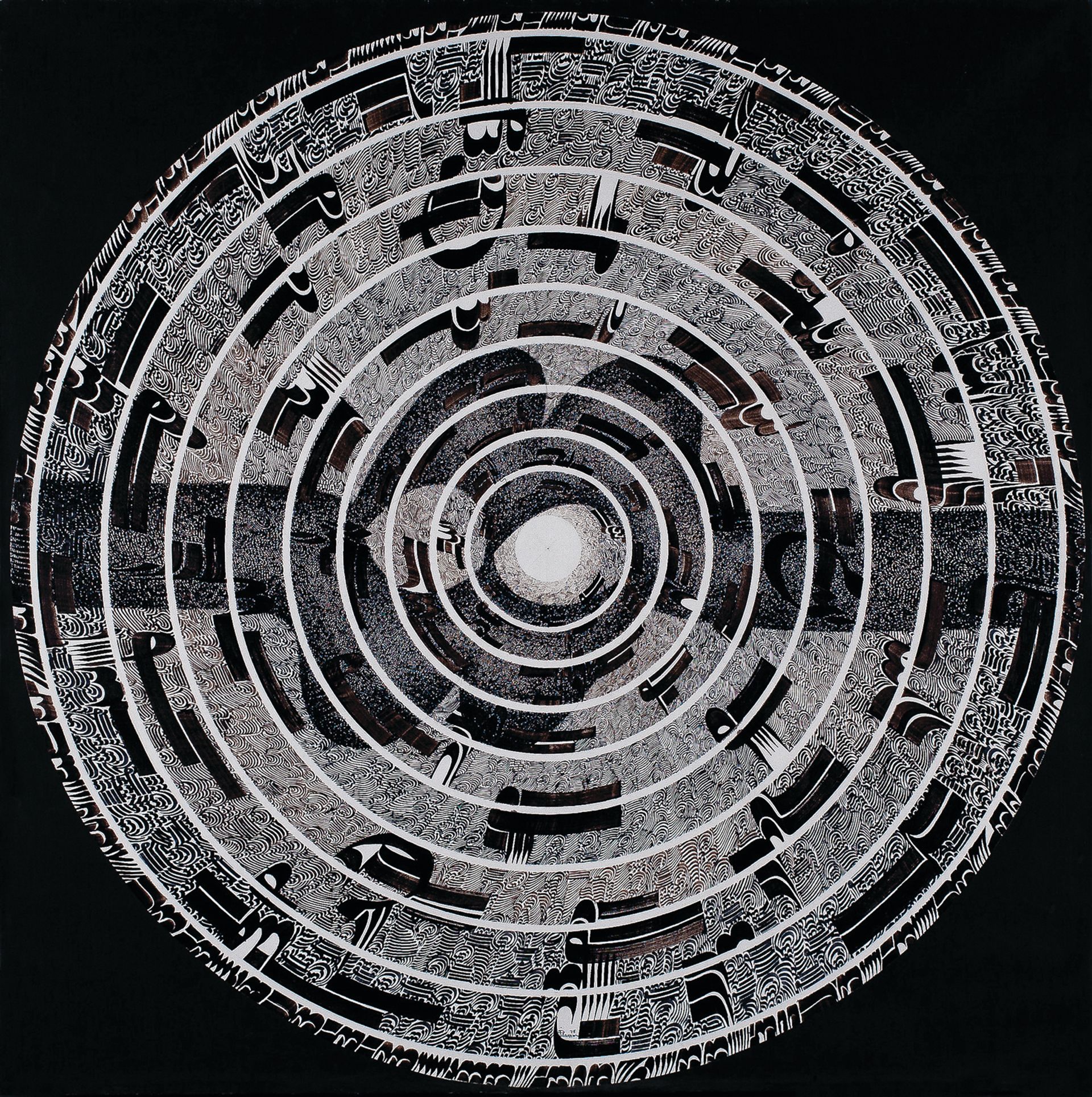
Faramarz Pilaram’s Calligraphic painting (1975)
Pilaram was among several Iranian painters who experimented with calligraphy. In playing with the repetition and readability of Persian script, they “developed something like the all-over treatment of the canvas that was also happening in America” with artists such as Pollock and Agnes Martin, says Dorothée Brill, a co-curator of the Berlin exhibition.
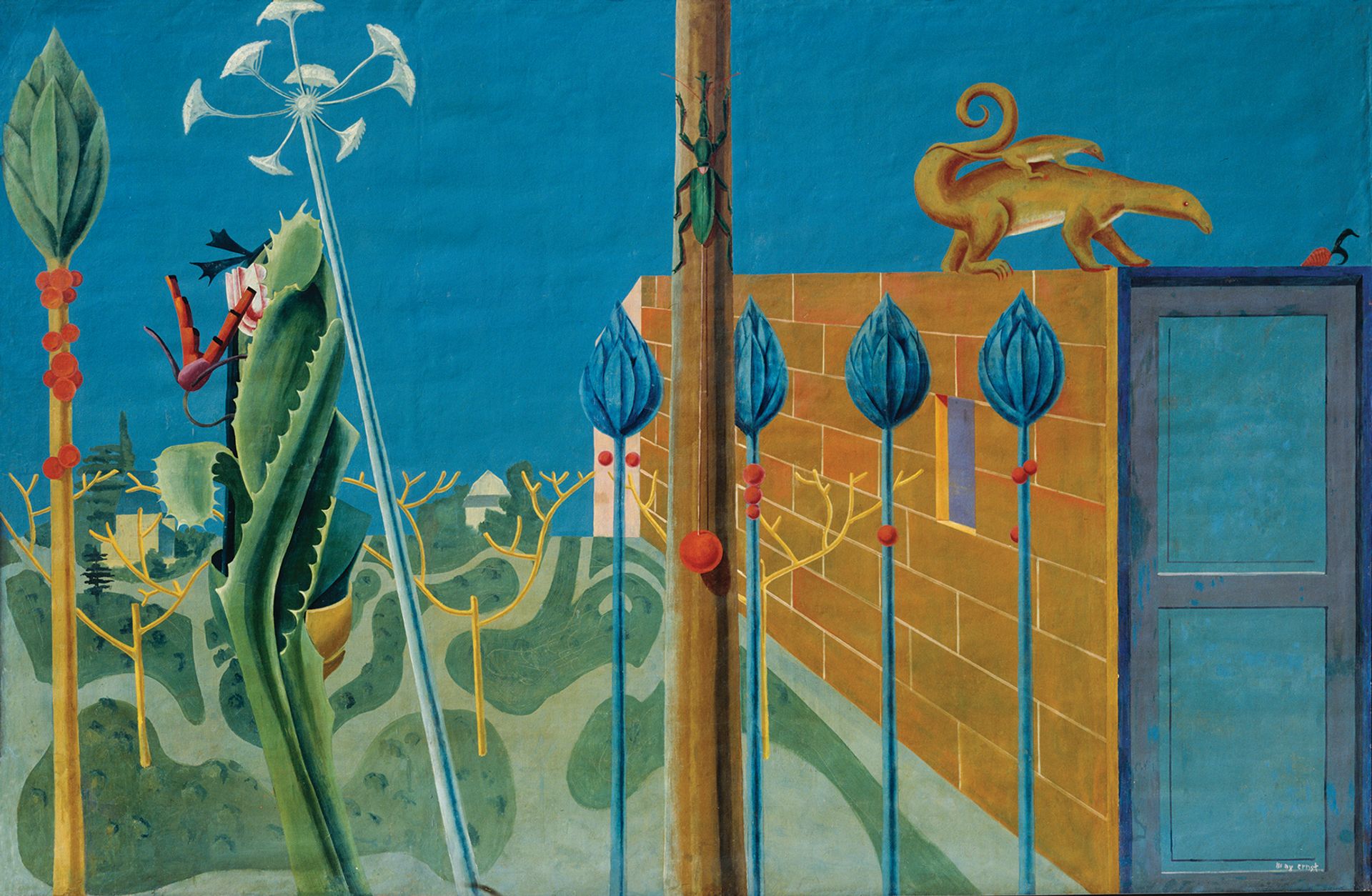
Max Ernst’s Histoire Naturelle (1923)
This early Surrealist work received special attention from conservators. Ernst painted the mural at the Eaubonne home of the poet Paul Éluard and his wife Gala, with whom he was having an affair. The oil on plaster was rediscovered under layers of wallpaper in 1968 and transferred to canvas.
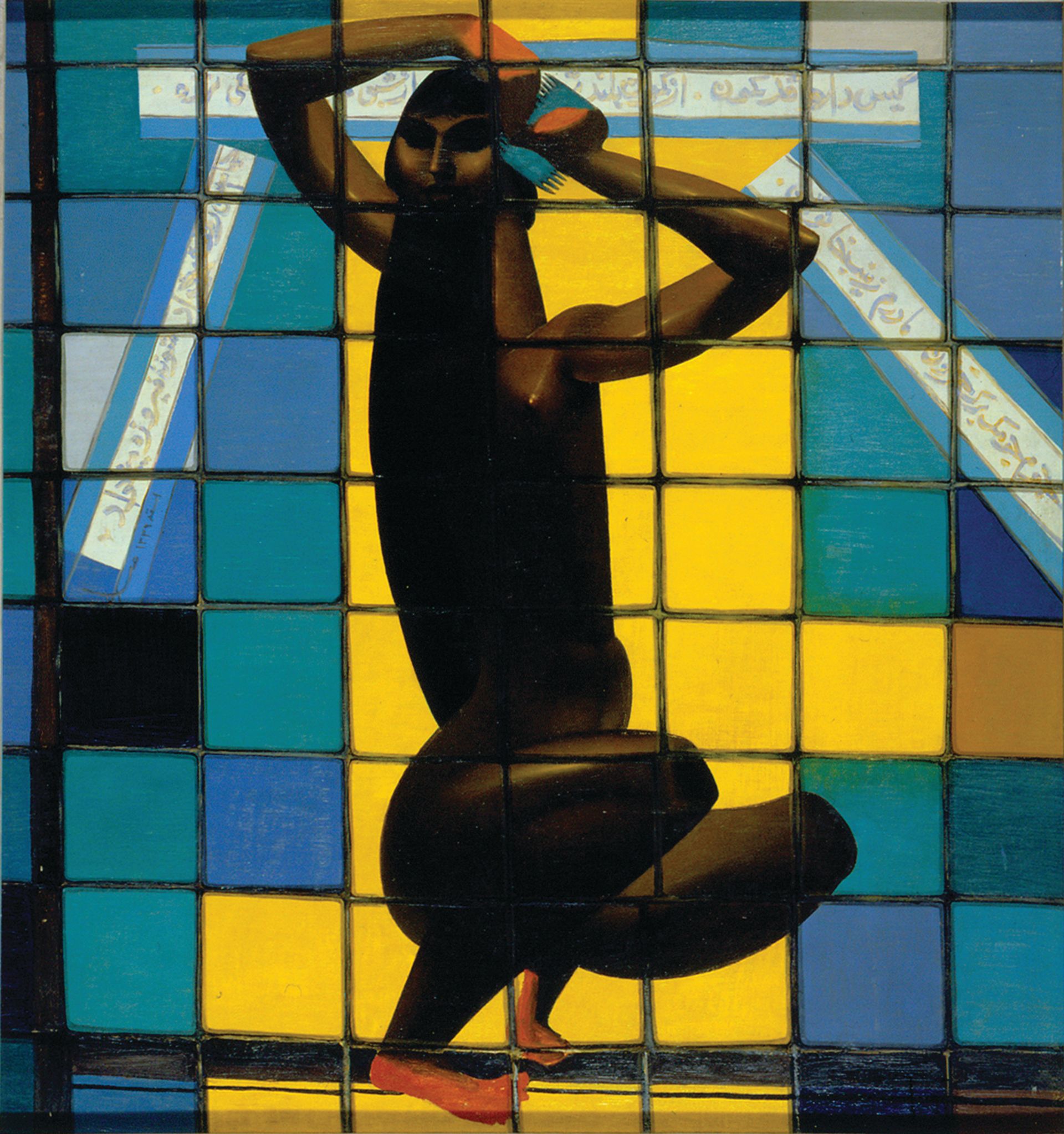
Jalil Ziapour’s Autumn Leaf (1960)
Ziapour studied art in Paris, where he was profoundly influenced by the French Cubist André Lhote. An advocate of a distinctively Iranian Modernism, Ziapour represented Iran at the Venice Biennale in 1956.

